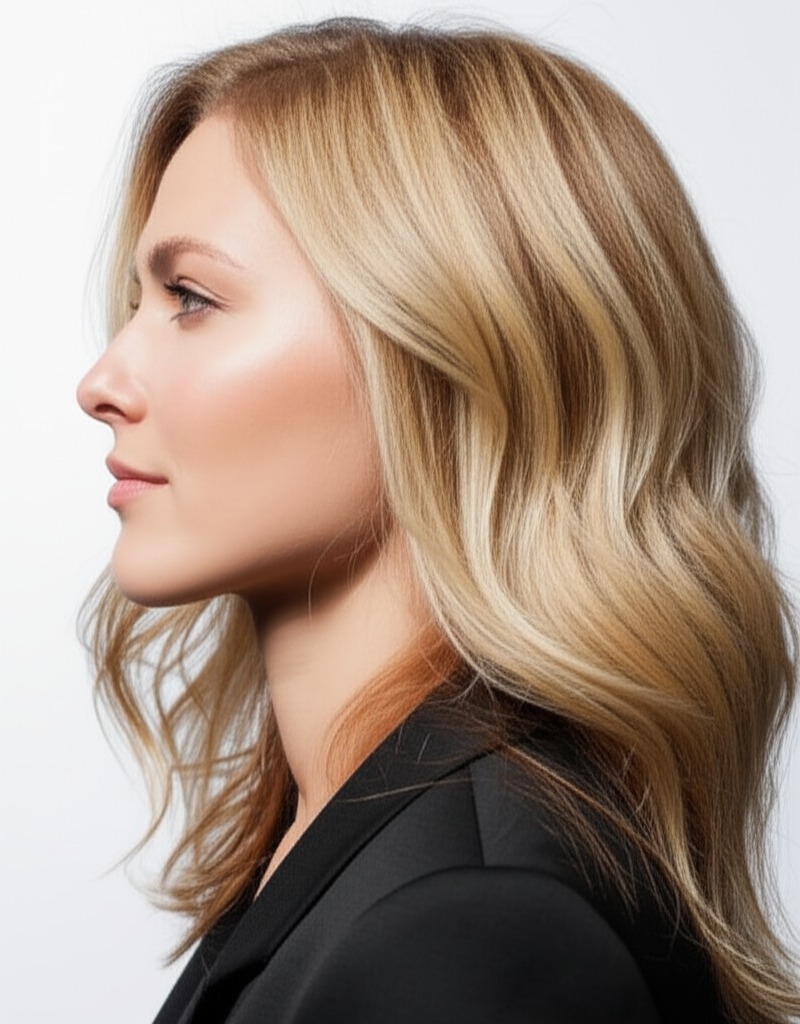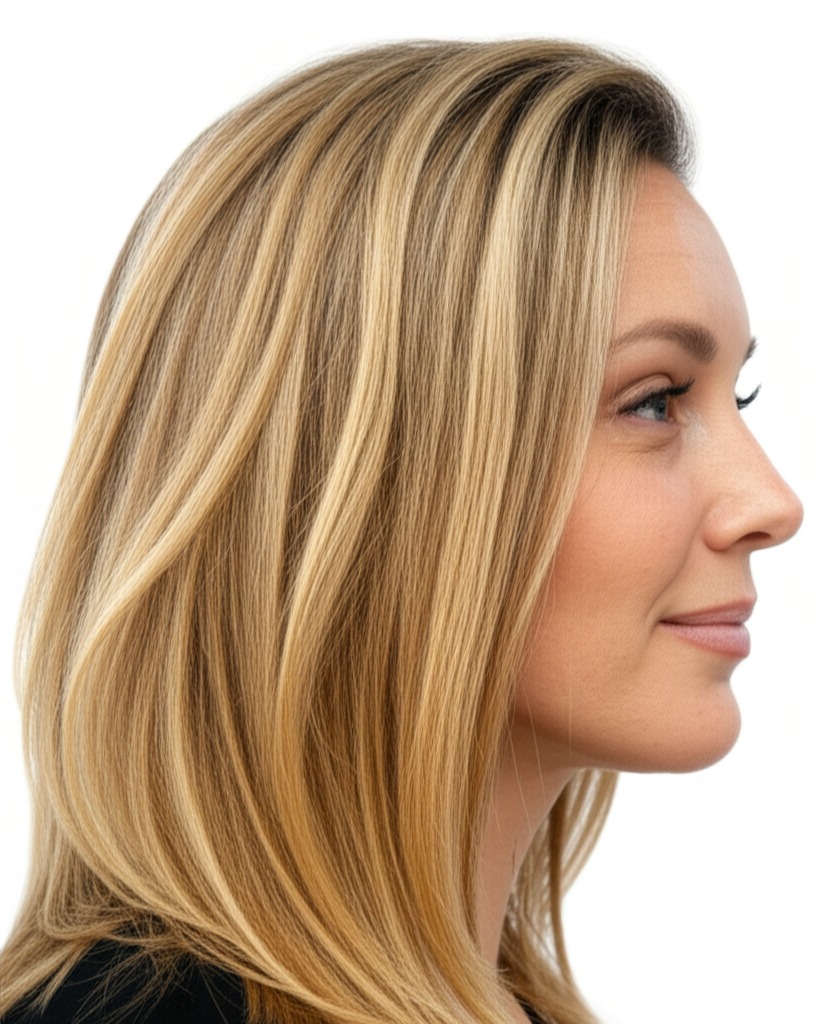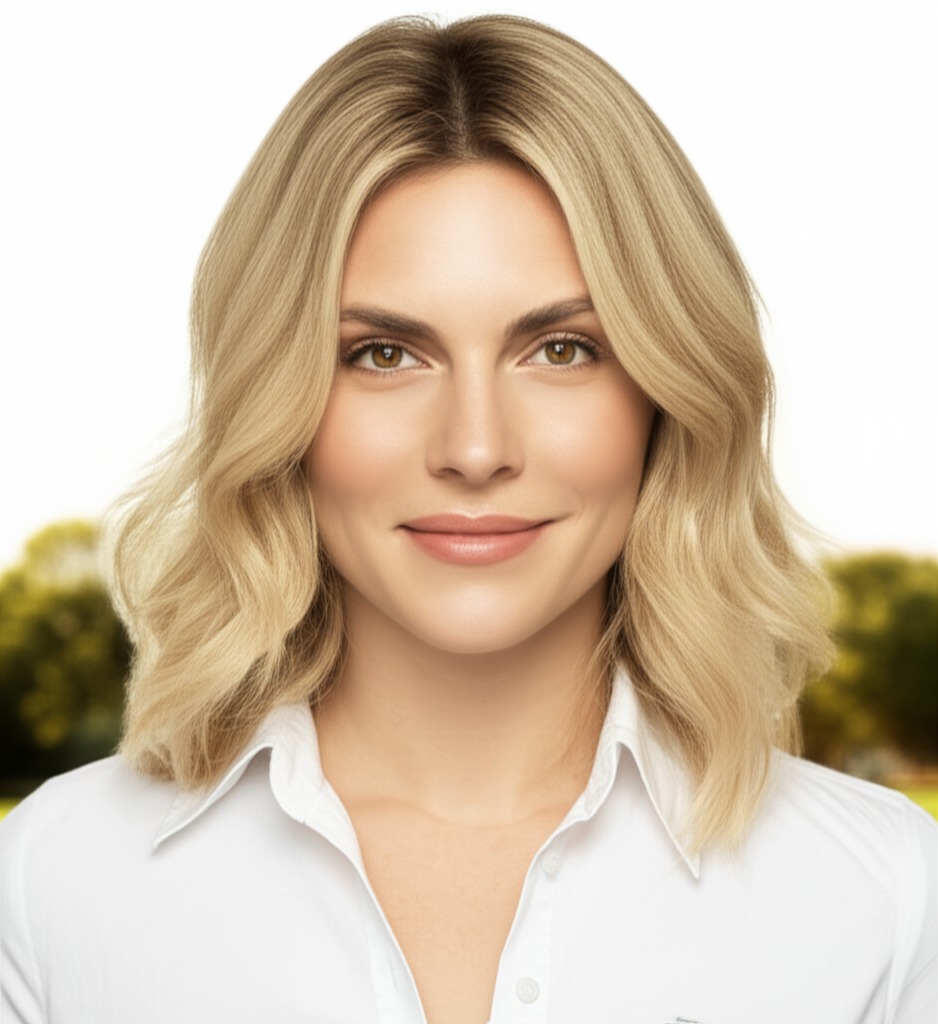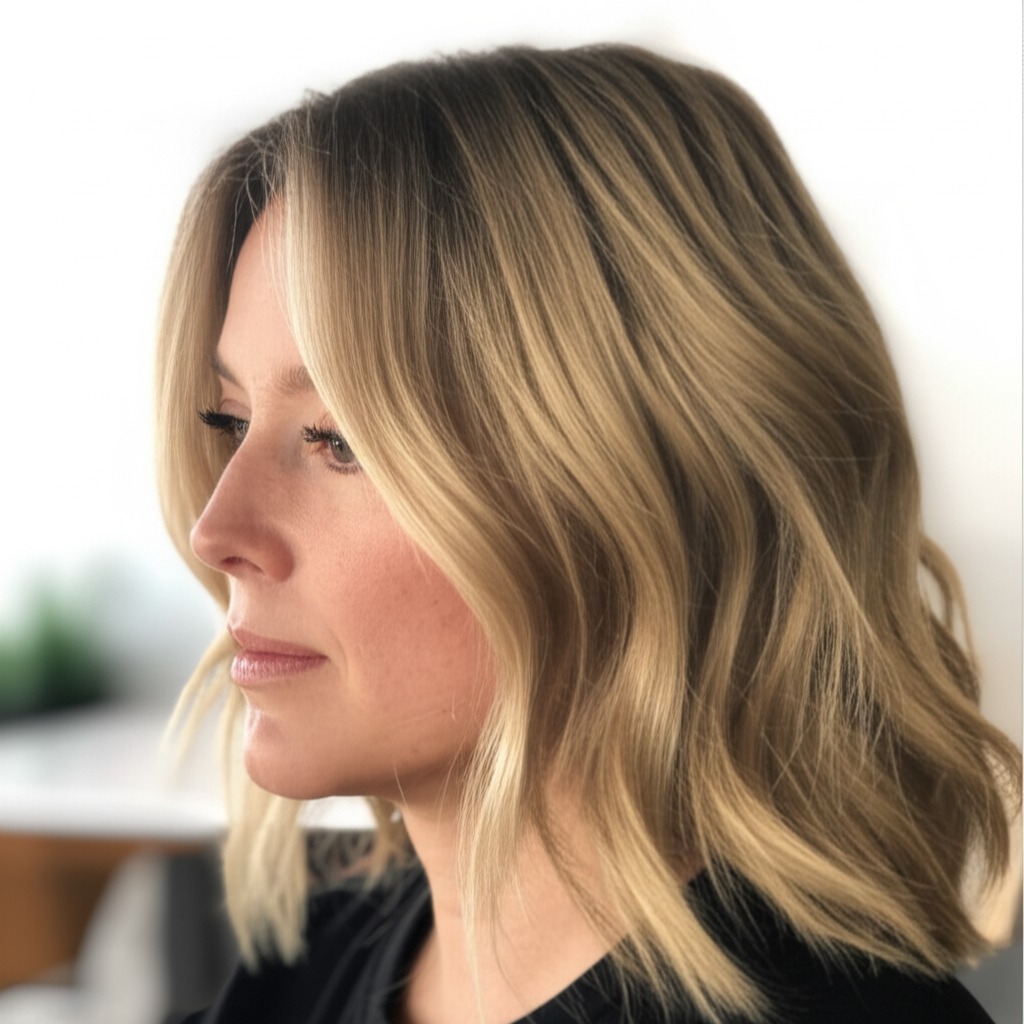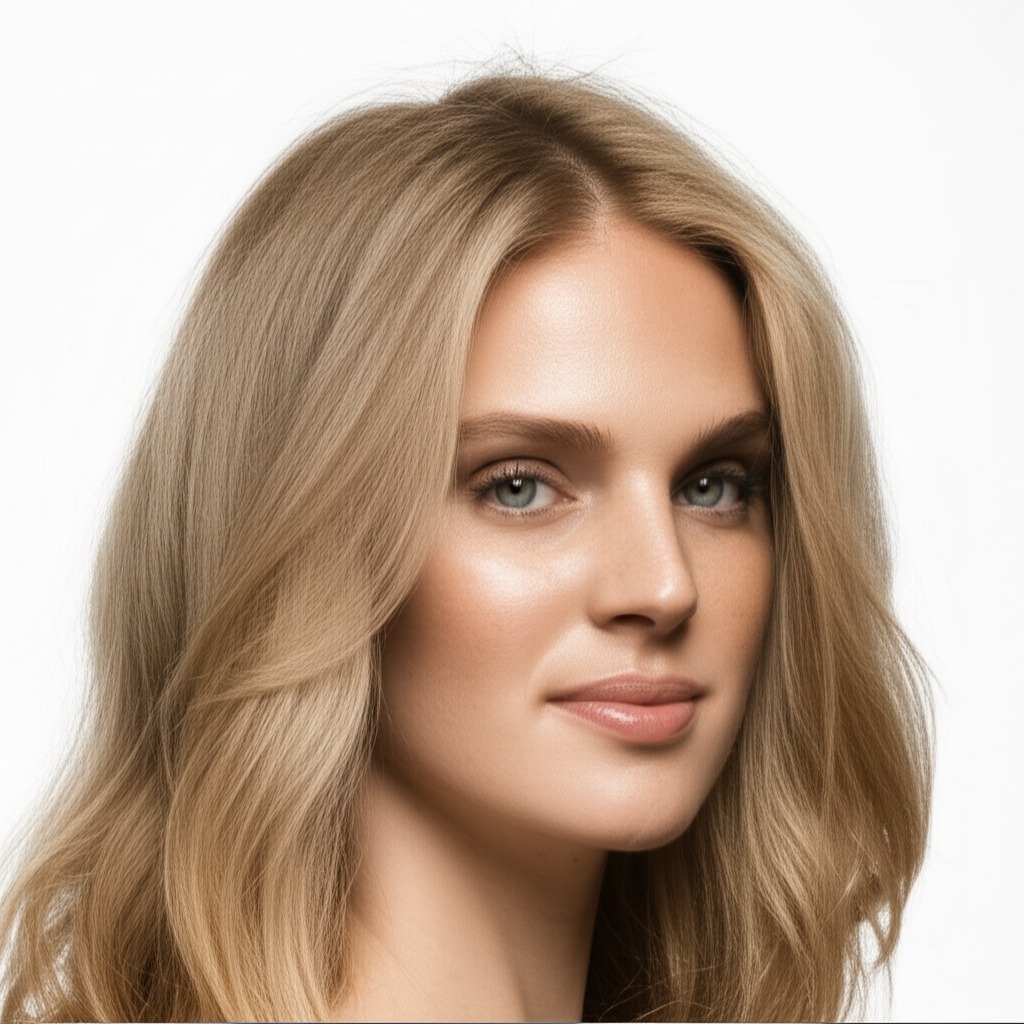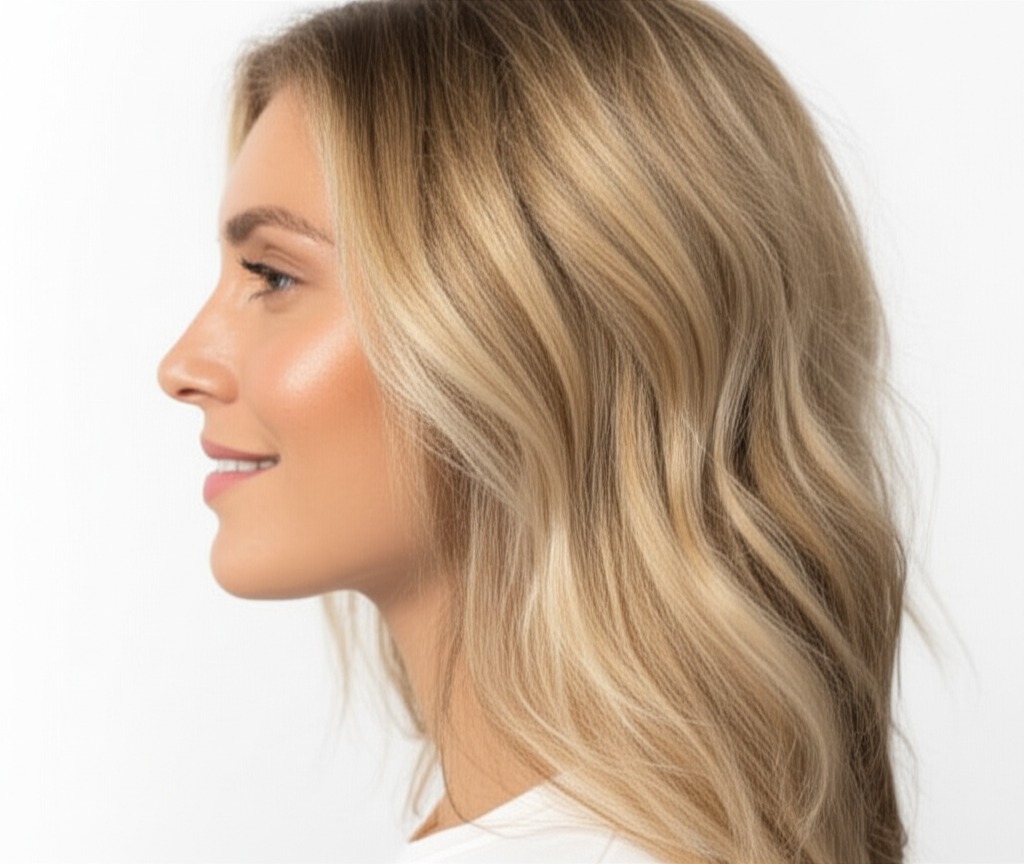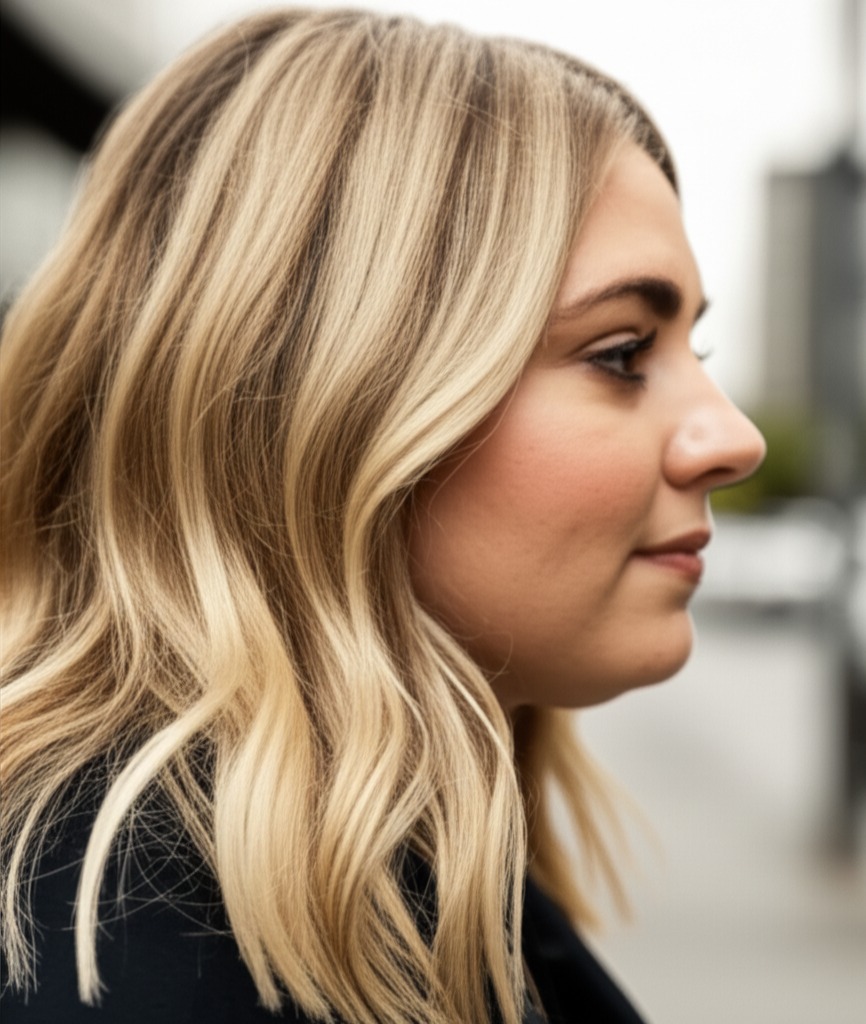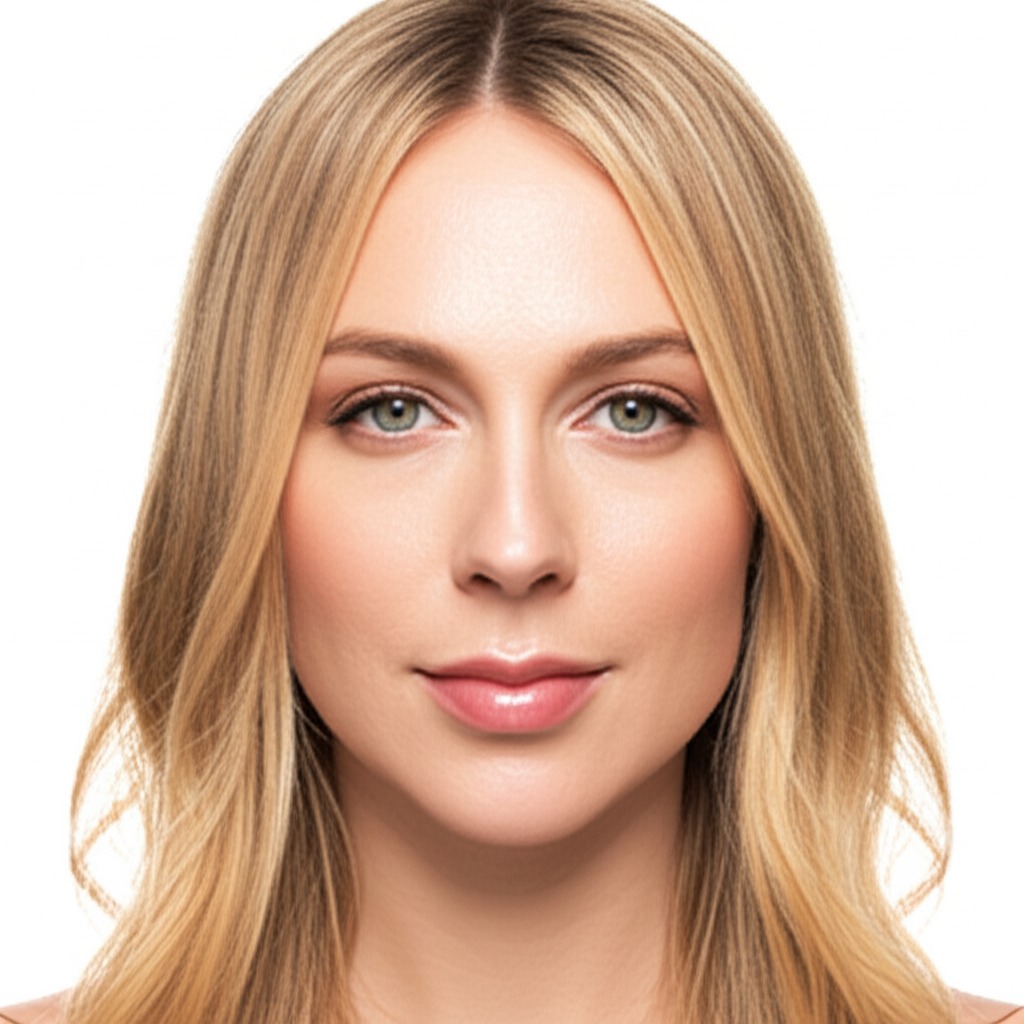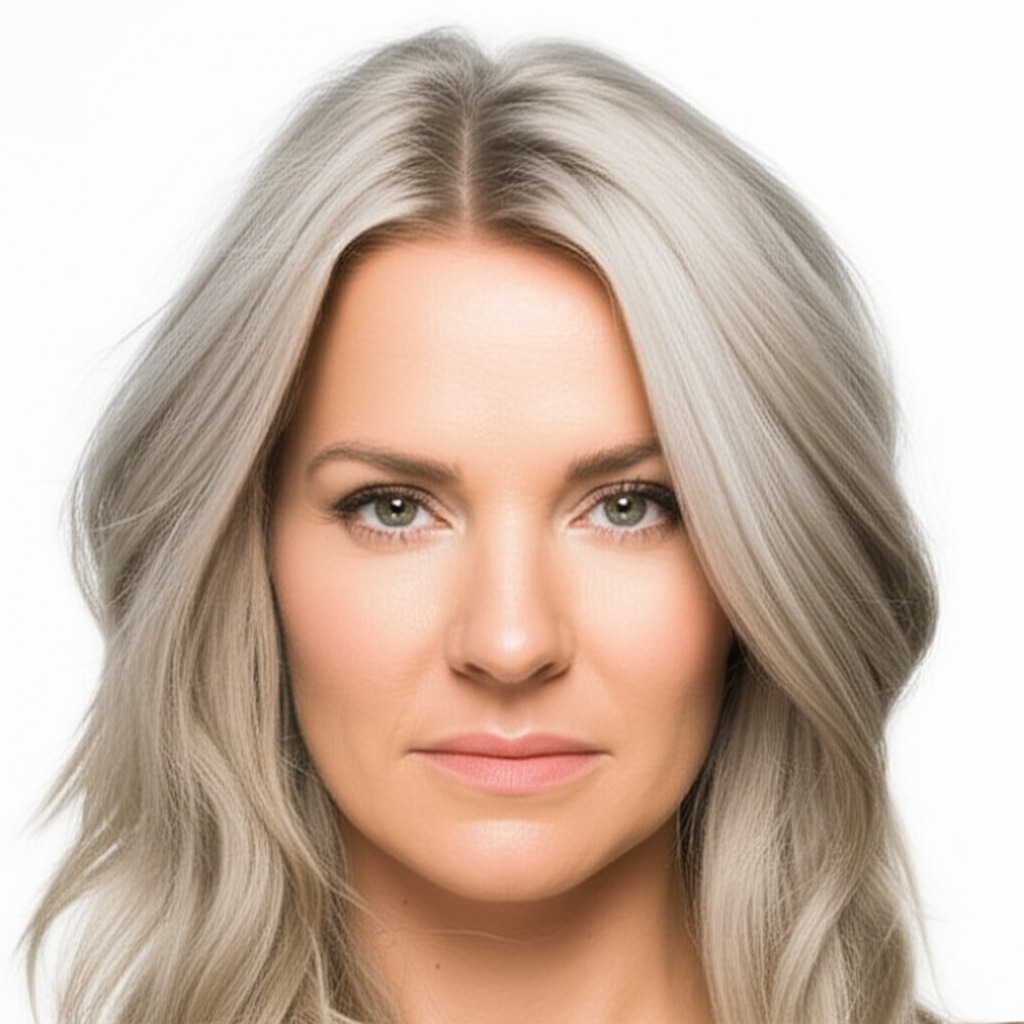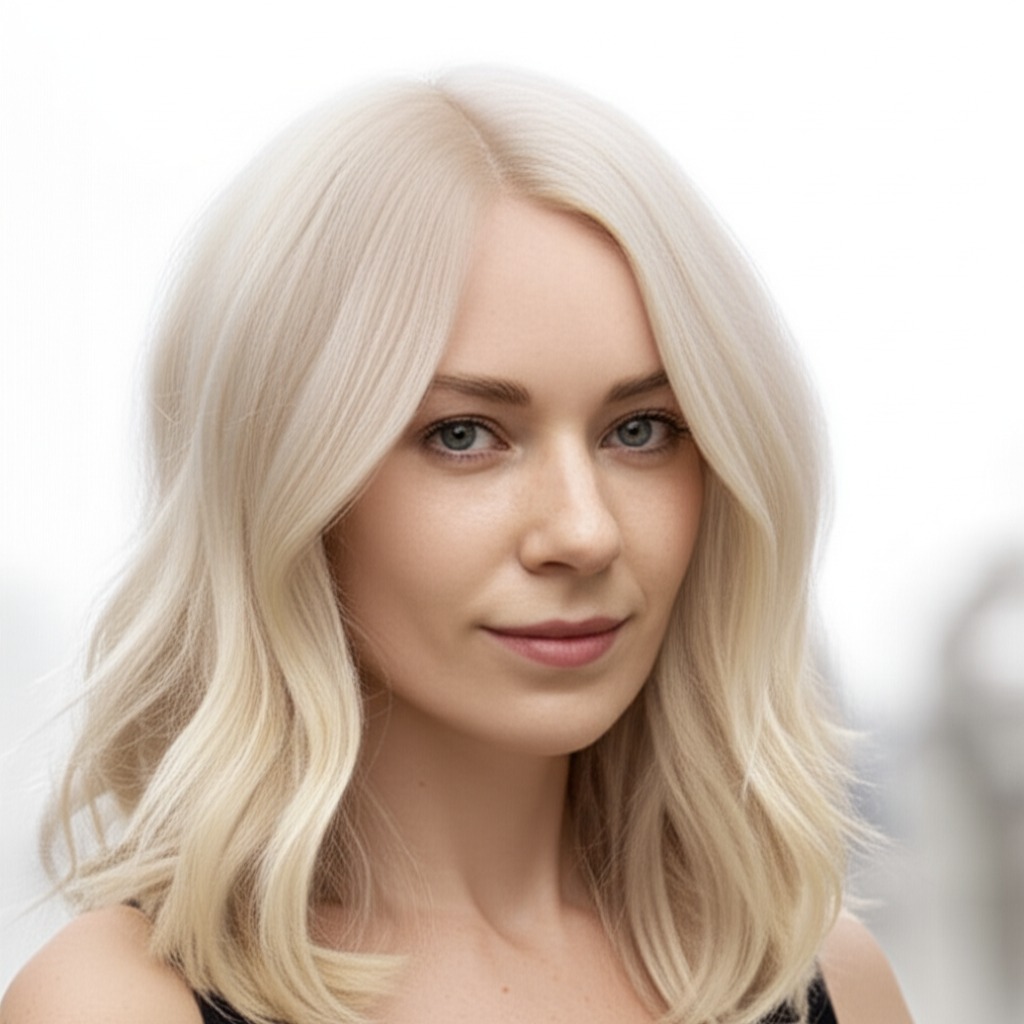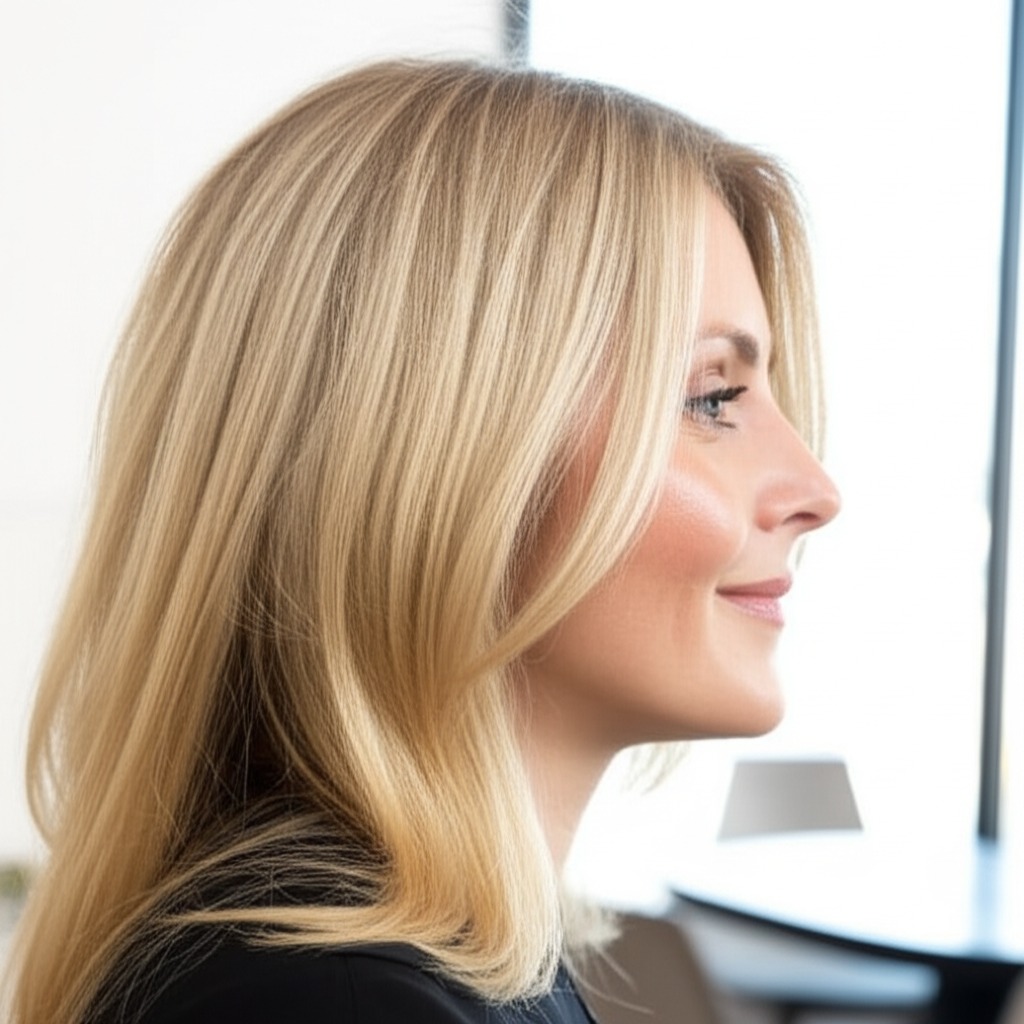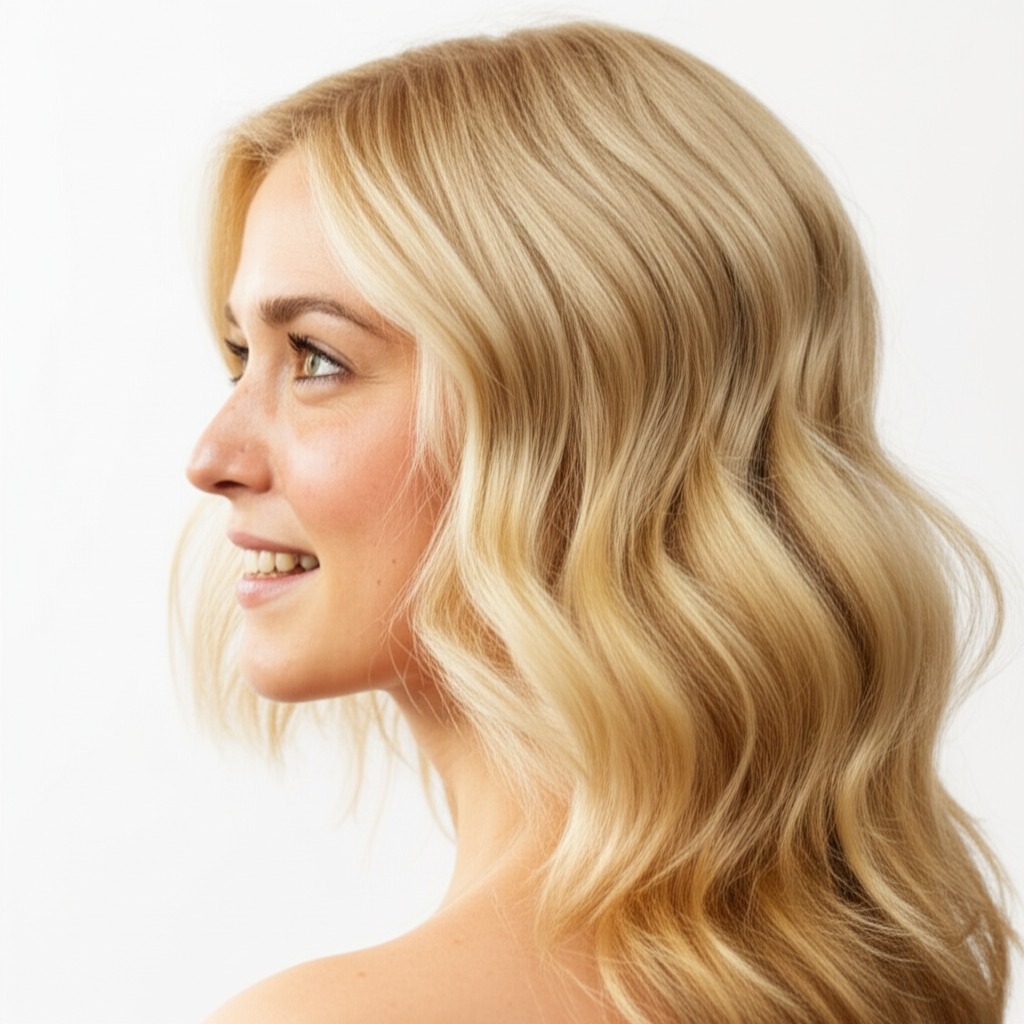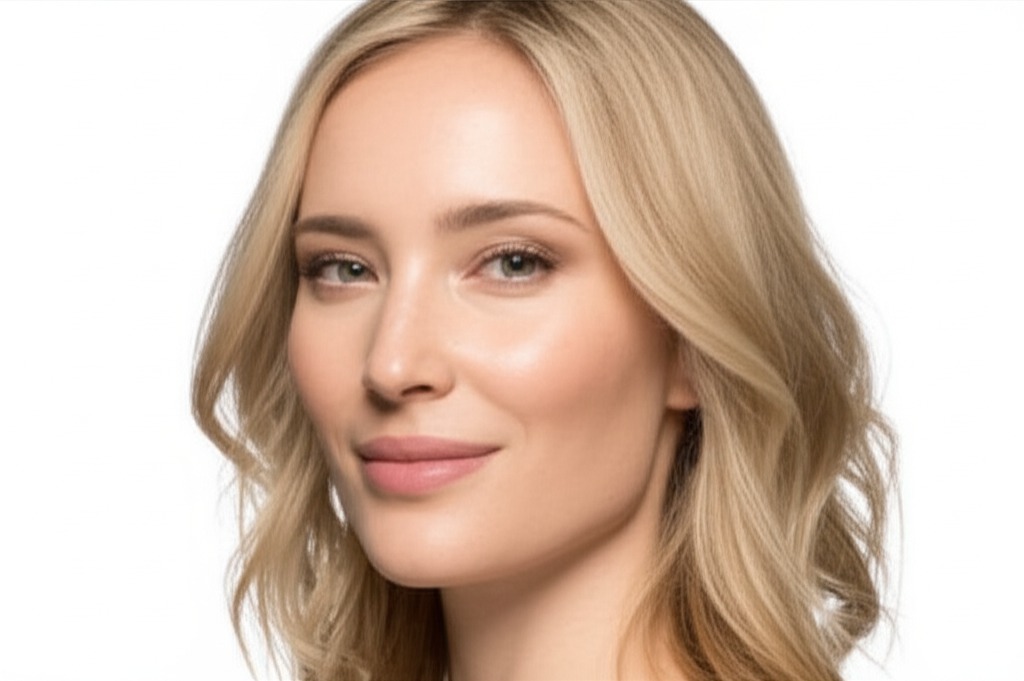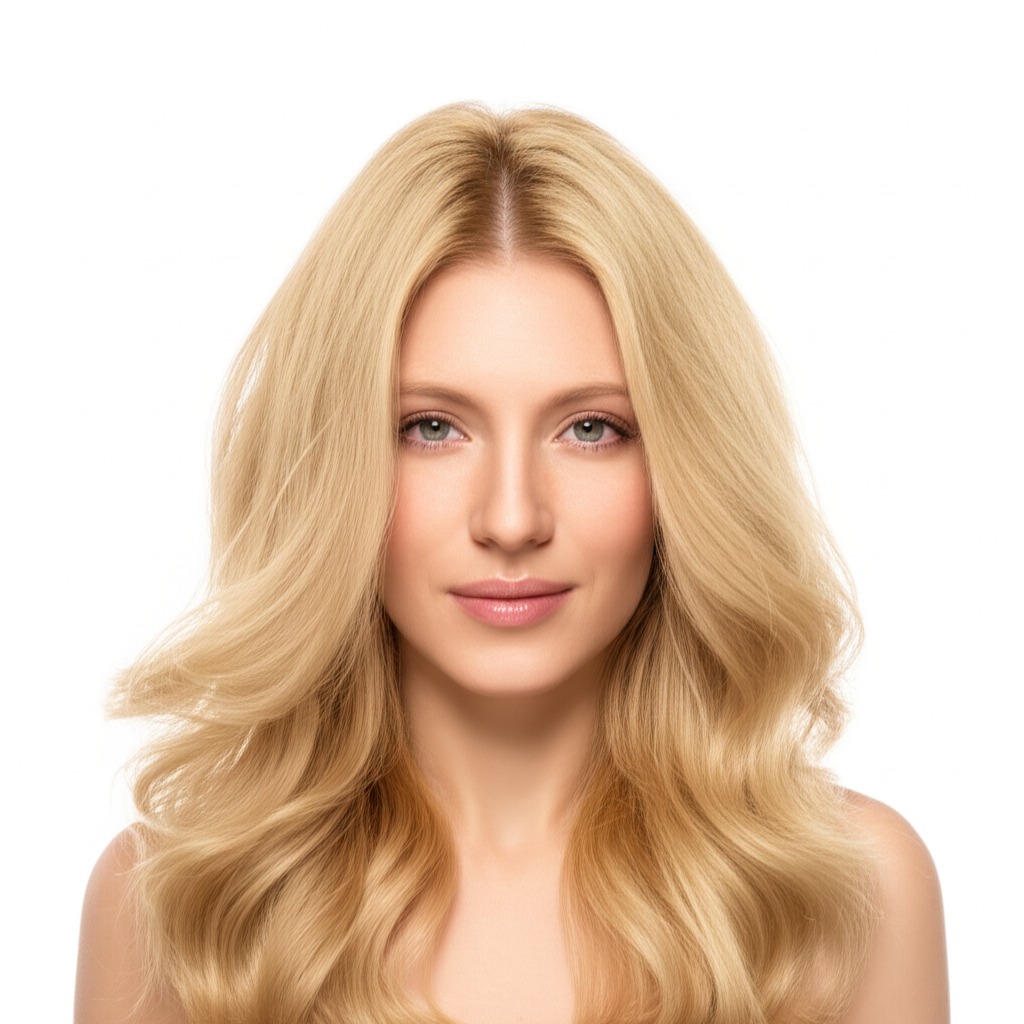#Dirty Blonde: A Guide to Achieving the Perfect Sun-Kissed Look
"Dirty blonde" is a hugely popular hair color – and for good reason! It evokes a natural, effortless vibe that’s flattering on many people. But it's more than just "blonde." This guide breaks down everything you need to know about dirty blonde, from understanding its nuances to keeping your color vibrant.
#1. Defining Dirty Blonde: Undertones & Depth
Dirty blonde isn’t a single shade; it's a range! The “dirty” part comes from the underlying tones that make it more complex than a simple golden or platinum blonde. Here's what you need to know:
- Undertone: This is crucial. Dirty blonde can lean towards:
- Warm: Think honey, caramel, and gold highlights. It has reddish or yellow undertones.
- Neutral: A balance of warm and cool tones – often the most universally flattering. It's not overwhelmingly golden or ashy.
- Cool: Hints of beige, ash, or even a touch of violet. This is less common in "dirty blonde" but possible. It can look quite sophisticated.
- Depth (Levels): Hair color levels range from 1 (black) to 10 (lightest blonde). Dirty blondes typically fall between levels 7-9, with variations within that range:
- Level 7: A darker dirty blonde – more golden brown than bright blonde.
- Level 8: A mid-range dirty blonde - the most common interpretation of the color.
- Level 9: A lighter, brighter dirty blonde – closer to a light ash blonde with golden highlights.
Your stylist will assess your natural hair color and skin tone to determine which depth and undertone best suits you.
#2. Who Does Dirty Blonde Flatter?
Dirty blonde is surprisingly versatile! However, certain features make it especially stunning:
- Skin Tone & Undertone:
- Warm Skin Tones (yellow or golden undertones): A warm dirty blonde will enhance your natural glow.
- Neutral Skin Tones: You can likely pull off most variations of dirty blonde! Experiment with warmer and cooler tones to see what you prefer.
- Cool Skin Tones (pink or blue undertones): A neutral or slightly cool dirty blonde can balance out pinkness in the skin, but avoid overly warm shades which might make your skin look sallow.
- Eye Colors: Dirty blonde complements a wide range of eye colors:
- Blue/Green Eyes: Warm and golden tones will bring out their vibrancy.
- Brown Eyes: A neutral or slightly cool dirty blonde can create a beautiful contrast.
- Hazel Eyes: Experiment with both warm and cool shades to see what best enhances your eyes' unique flecks of color.
- Natural Level Starting Points: Dirty blonde is easiest to achieve when starting from:
- Levels 4-6 (dark brown): Requires more lightening, but the contrast can be striking.
- Levels 7-9 (lighter brown/blonde): Requires minimal adjustment and often just involves toning or adding highlights.
#3. Technique Options for Dirty Blonde
How you apply the color makes a big difference!
- Single Process: A uniform application of color from root to tip. Best for covering gray or achieving a subtle overall change, but can look flat if not carefully chosen.
- Highlights/Lowlights: Adds dimension and depth by lightening (highlights) or darkening (lowlights) strands. Great for creating the "dirty" effect with contrasting tones.
- Babylights: Very fine highlights that mimic the natural sun-kissed look of children's hair. Creates a soft, subtle brightening effect.
- Gloss/Toner: A semi-permanent treatment that adjusts the undertone and adds shine without lightening the hair. Essential for maintaining your dirty blonde’s desired tone (more on this later!).
- Balayage-Effect vs Solid:
- Balayage: Hand-painted highlights that create a softer, more natural look with less harsh lines of demarcation. Ideal for low maintenance and a blended "dirty" effect.
- Solid Color: A uniform application – best suited if you want to completely change your hair color or cover gray evenly (less common with dirty blonde).
#4. Maintenance & Longevity: Planning is Key!
Dirty blonde requires commitment, but it’s manageable.
- Wash Frequency: 2-3 times a week maximum to prevent fading.
- Toner Refresh: Crucial for maintaining the desired undertone (usually every 4-8 weeks). Your stylist will advise on frequency based on your hair and chosen shade.
- Root Growth Pacing: Balayage and babylights allow for more gradual root growth, minimizing frequent salon visits. Solid color requires touching up roots every 6-8 weeks.
- Budget/Time Planning (Relative):
- Low Maintenance (Balayage): $150-$350+ per visit, every 8-12 weeks.
- Medium Maintenance (Highlights/Babylights): $200-$450+, every 6-8 weeks.
- High Maintenance (Single Process + Highlights): $300 - $600+ per visit, every 6-8 weeks.
#5. Seasonality & Pairing with Cuts
Dirty blonde is adaptable to different styles and seasons!
- Cuts:
- Bob/Lob: A blunt bob or lob looks chic and modern with a dirty blonde shade – especially if the color has face-framing highlights.
- Long Layers: Adds movement and dimension, perfect for showcasing the depth of dirty blonde.
- Pixie Cut: A bold choice! Dirty blonde can soften a pixie cut and create an edgy yet playful look.
- Seasonal Tweaks:
- Summer: Lighter, brighter tones with more golden highlights.
- Fall/Winter: Deeper, richer tones with hints of caramel or honey.
- Event/Occasion Picks:
- Work: A more muted, neutral dirty blonde is professional and understated.
- Daytime: A slightly brighter shade to enhance your natural glow.
- Evening: Add a gloss for extra shine and dimension.
- Weddings: Soft babylights or balayage create a romantic and ethereal look.
#6. At-Home Care: Protecting Your Investment
Proper care is essential!
- Sulfate-Free Shampoo & Conditioner: Sulfates strip color, leading to faster fading.
- Clarifying Cadence: Use a clarifying shampoo occasionally (every 4-8 weeks) to remove buildup from styling products. Don't overdo it!
- Heat Protection: Always use a heat protectant spray before using hot tools like blow dryers, straighteners, or curling irons.
- Color-Safe Styling Products: Look for products specifically formulated for color-treated hair.
- Product Checklist: Sulfate-free shampoo & conditioner, heat protectant, leave-in conditioner, dry texture spray (optional).
#7. Common Pitfalls and How to Avoid Them
- Brassiness: Warm tones can oxidize over time, resulting in brassy or orange hues. Use a purple shampoo/conditioner occasionally.
- Banding: Uneven color application – often from improper highlighting techniques. Choose an experienced stylist!
- Patchiness: Inconsistent lightening – also best avoided with a skilled professional.
#8. Pros & Cons of Dirty Blonde
Pros:
- Versatile: Suits many skin tones and eye colors.
- Natural-Looking: Evokes a sun-kissed, effortless vibe.
- Flattering: Enhances features and adds dimension.
Cons:
- Maintenance Burden: Requires regular toning and root touch-ups (depending on technique).
- Fade Risk: Color can fade quickly if not properly cared for.
#9. Salon Consultation Script: Setting Expectations
Before your appointment, be prepared to discuss these points with your stylist:
- "I'm interested in a dirty blonde color. Can you assess my natural hair and skin tone to determine the best shade?"
- "What undertone (warm, neutral, cool) would you recommend for me?"
- “How long will achieving this color take, considering my current level?”
- "What maintenance schedule can I expect? How often should I get a toner refresh?"
- "Can we discuss the best technique to achieve the look while minimizing damage and maximizing longevity?"
#10. FAQs About Dirty Blonde
- Is dirty blonde damaging to my hair? Lightening always causes some degree of lift, but choosing a skilled stylist and using proper aftercare can minimize damage.
- Can I go from dark brown to dirty blonde in one session? It's possible, but it’s best done gradually over multiple sessions to protect your hair's health.
- How often should I use purple shampoo? Only when needed – typically every 1-2 weeks, or as directed by your stylist. Overuse can lead to a cool, ashy tone.
- What’s the difference between dirty blonde and ash blonde? Ash blonde is cooler toned with more noticeable gray/ashy undertones; dirty blonde has warmer (golden/honey) undertones.
- Can I achieve dirty blonde at home? It's possible for subtle adjustments, but achieving a professional-looking result requires expertise.
- Will my hair color change in the sun? Yes! Sunlight can enhance warm tones and potentially lead to brassiness – protect your hair with hats or UV protection sprays.
With careful planning, expert styling, and consistent care, you can achieve and maintain a gorgeous dirty blonde look that makes you feel confident and radiant!
